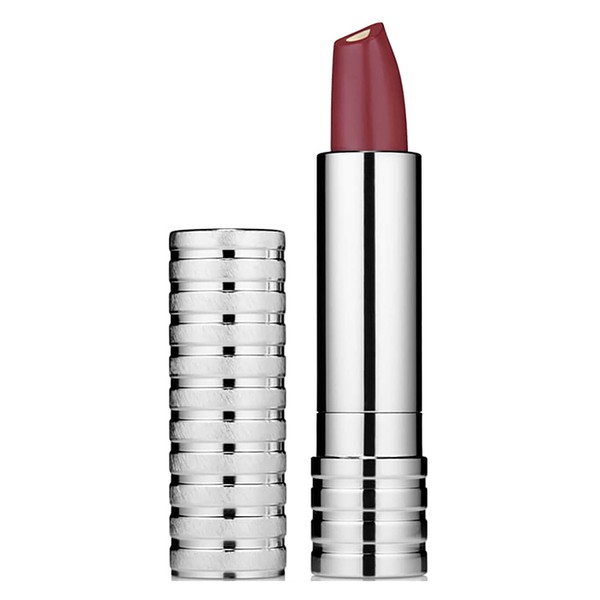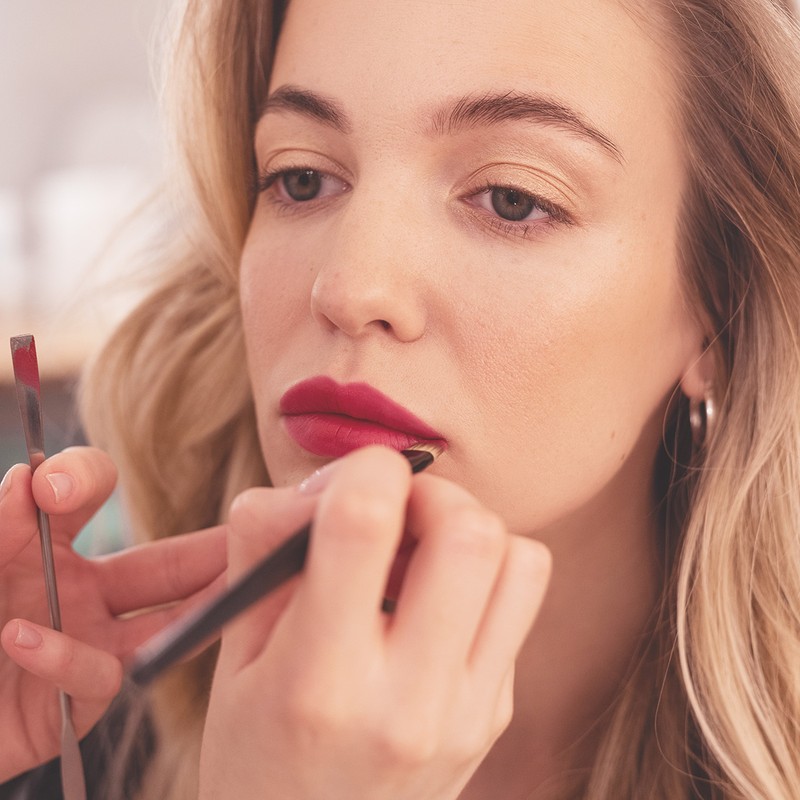
How To Find The Right Lip Colour For Your Skin Tone
Get To Know Your Undertones First…
“Lipstick colours are very nuanced in nature,” explains make-up artist Nilofar Mussa. “The undertones, coverage and texture all play a part in the overall finish and look when it’s worn, which is why it’s important to understand your own individual colourings. These nuances are virtually impossible to pick up when looking at swatches – and that’s before you even take into consideration your screen resolution now we’re shopping online. To get the most accurate representation of the shades that suit you, try exploring colours swatched on models with similar tones to you. This will give you an idea of how light or dark colours are and, of course, what the texture looks like.”
Fellow make-up artist Jessica Kell agrees: “Never just buy lipsticks willy nilly. Do your research, look at the shades in full and read as many reviews as you can – this is often a neglected step but it will give you answers. Sheer finishes are a lot more forgiving, so if you’re worried about getting things right, always opt for a formula with sheen.”
Then Get To Know Your Nudes
“If you’re choosing a nude tone lipstick online, it’s best to think about what will look natural, but you should also consider the finish,” says Jessica. “If you have a pinkish undertone, cool-toned pinks will suit you best. If you have yellow or darker undertones, peachier nudes are better. I find brown or beige-based nudes tend to suit most people because they have a much more neutral base to them.” Jessica's biggest tip is to match as closely as you can to the natural colour of your lips: “This is the easiest way to add warmth to them. Never go for a nude that’s visibly lighter than your lips – this will look milky and just disappear.”
Nilofar adds: “Sometimes you can be advised to match your nude lipstick to the inner colour of your lip. However, your inner lip is brighter and pinker than your natural lip colour, so it’s better to take your cue from your mouth tone overall.”
Don’t Stick To Set Rules
“I don’t believe in make-up rules,” says Nilofar. “Make-up, especially lipstick and eyeshadow, should be fun and expressive. The only thing to avoid with lipstick is wearing colours that are much lighter than your skin tone – this can make you look a bit sick. The same goes for colours that are too beige, or don’t have any warmth to them. Having said that, there are ways to make it work, but if you’re new to lipsticks, stick to that one piece of advice and you can’t go too far wrong, no matter your skin tone.”
Play With Different Reds
“Generally, the advice for choosing reds is that a yellow undertone suits an orange-red hue, while pinker undertones suit a more blue-based red,” says Jessica. “Those who are more neutral are the lucky ones – they can wear pretty much any red. If, however, you want the colour to really stand out, reverse that rule and play with your tones – this is the easiest way to go bold. I think it’s important to remember reds aren’t just for evening wear either; there are some beautiful shades with a sheer finish that work for every day too.”
Nilofar adds: “Warm and darker complexions will want to look for more orange/terracotta-based reds. Cool complexions will want to look for more pink/raspberry undertones. It can be difficult to tell which red has which undertone when you have more than one in front of you, so an easy way to figure it out is to swatch two or three colours on your skin. You will start to see which ones appear to work better with your skin tone – the one that doesn’t will look ‘off’.”
Explore Several Textures
“While tone can take time to get right, formulation and texture is, in my opinion, stylistic and personal choice,” says Nilofar. “Creamy formulas tend to appear a bit softer and more natural as they bounce off just enough light to highlight your lips in an understated way. Glossy lips give a plumped-up effect and are great for the evening as high-shine is reflective in soft, dark lighting. Matte is a great option if you want any shine or oil to be absorbed and gives a more dramatic, graphic appearance to the lip. Everyone can try a bit of everything though – that’s the beauty of lipstick. Once you find your shade, you can explore the textures and get to know what works for you. Just ensure you prep lips before applying formula. Gently scrub them for a little exfoliation – honey and brown sugar works well for this.”
Take Inspiration From Your Past
“As we’ve already mentioned, finding your perfect lip colour can be an ongoing process,” says Jessica. “I always think it’s a good idea to look back at old photos when you might have been wearing stronger tones. This will allow you to see what looked best on you. Likewise, I recommend matching your lip shade to similar colours you use in the rest of your make-up. This brings about a cohesiveness to your look that ties everything in together. It also means you’re more likely to wear that lipstick regularly.”
Try Using An App
“When shopping for lipstick, have a look on the brand’s social media channel to see models and influencers wearing its shade range,” suggests Nilofar. “Though a lipstick will generally look different on two separate people, it’s a good way to get an idea of what you’re looking for. Likewise, some brands have begun launching really fun apps with filters of their lipstick colours [including Chanel], which is a great way to try new shades virtually.”
Acquaint Yourself With Universally Flattering Tones
“If you’re finding all of the individual colour exploring a faff, there are tones that are considered universally flattering,” explains Nilofar. “This includes berry and beetroot tones which are often a blend of cool and warm tones, so they suit everyone. The red tones in them perfectly mirror the red colouring that sits naturally in our lips.”
Jessica agrees: “While all textures can be explored, creamy formulas are very forgiving, so try them if you want something flattering. In terms of suits-all shades, MAC’s Velvet Teddy and Charlotte Tilbury’s Pillow Talk win every time.”
Ignore The Common Misconceptions
“The main misconception when choosing lip colours is that there is an exact science to it,” says Jessica. “It’s so easy to get stuck in a lipstick rut because you’ve been told to rigidly stick to the rules. If you always go for a chocolate nude, try something pink or peach to freshen things up. Or, if you’ve been dedicated to the same blue-toned, matte red, try something deeper for an evening look.”
Nilofar adds: “At the end of the day, there’s only so much advice we can give as make-up artists. It boils down to what you feel comfortable and confident in. There’s a whole world of colour out there, never just a single perfect one. Ignore the idea that bold colours should only be worn if you’re going out – darker tones can be a great accessory to any daytime outfit. They’re a powerful mood booster, so never be afraid to step outside your comfort zone.”
Shop Nilofar’s & Jessica’s Top Lipstick Picks For All Skin Tones…
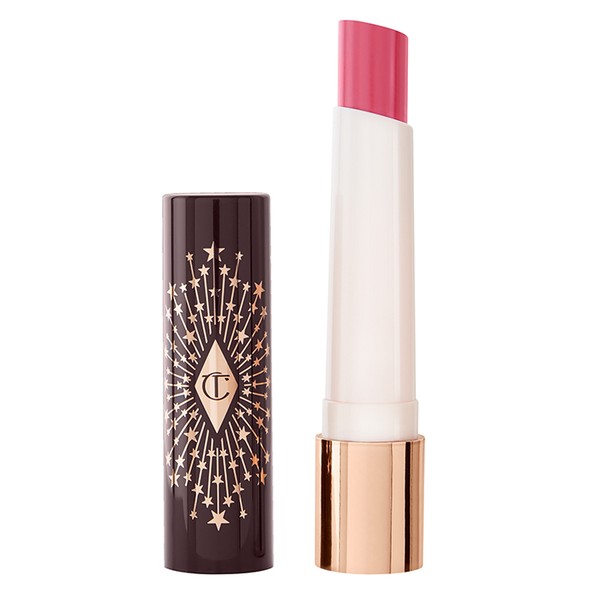
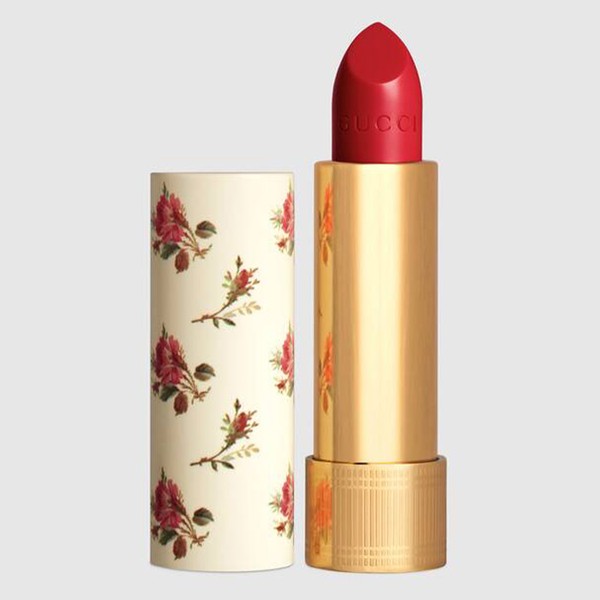
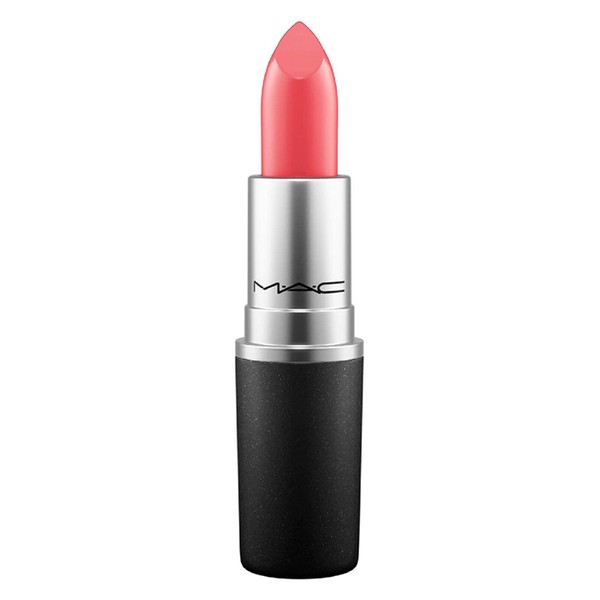
CREDITS: MILLES STUDIO/STOCKSY UNITED
DISCLAIMER: We endeavour to always credit the correct original source of every image we use. If you think a credit may be incorrect, please contact us at info@sheerluxe.com.
